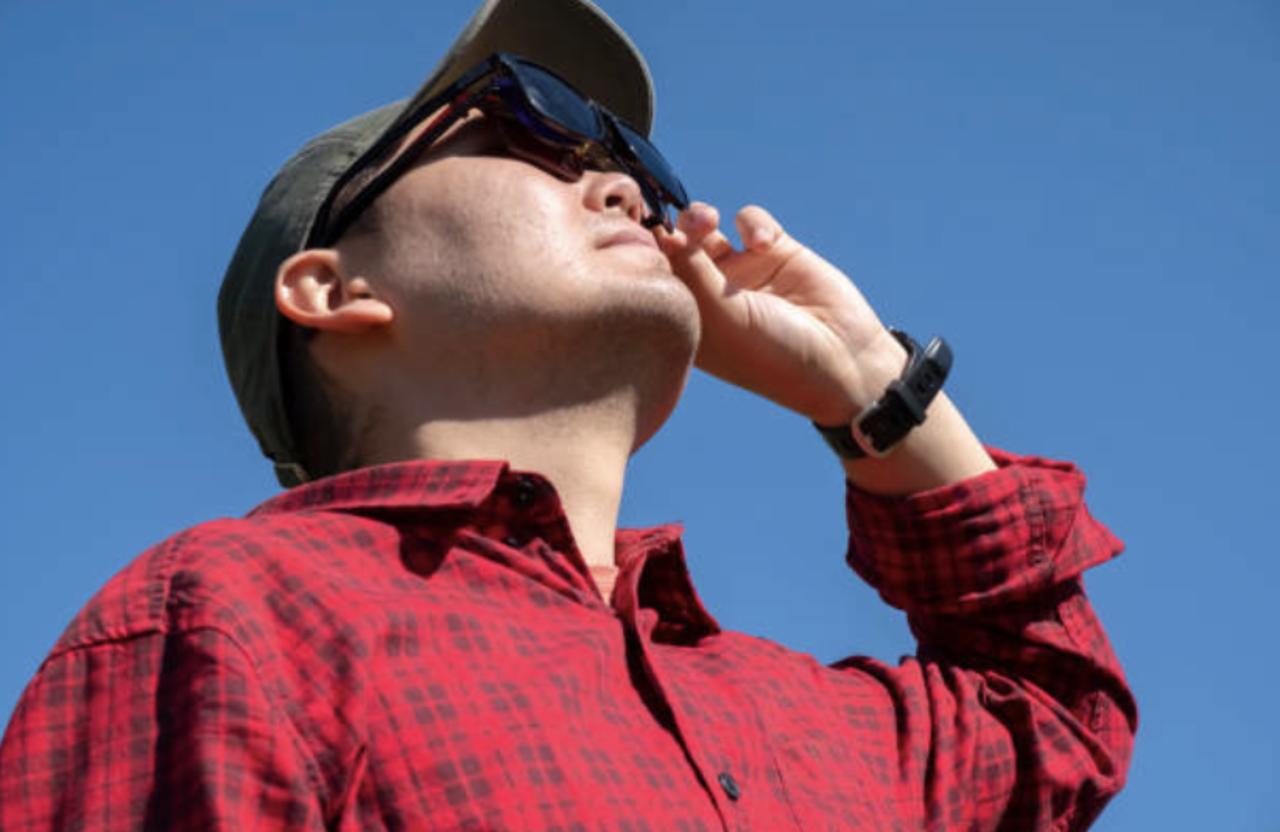
Partial Solar Eclipse Will Occur Soon, Here's How to See It .
The partial solar eclipse will occur on April 30.
According to NASA, the areas where people will have the best visibility of the eclipse include:.
"Chile, Argentina, most of Uruguay, western Paraguay, southwestern Bolivia, southeastern Peru, and a small area of southwestern Brazil.".
As it sets in the west on the evening of April 30, the Sun will appear partially eclipsed for those with clear skies in Chile, Argentina, , NASA Statement, via NASA.gov.
... most of Uruguay, western Paraguay, southwestern Bolivia, southeastern Peru, and a small area of southwestern Brazil, NASA Statement, via NASA.gov.
The eclipse will also be visible along parts of the northwestern coastline of Antarctica, in the Atlantic Ocean just off the southeastern coast of South America, , NASA Statement, via NASA.gov.
... including the Falkland Islands, and in much of the South Pacific Ocean and Southern Ocean, NASA Statement, via NASA.gov.
A partial solar eclipse occurs when the moon comes between the Earth and the Sun.
Because the moon and Sun are not perfectly aligned, the result is a partial eclipse of the Sun's light.
NASA provides explicit instructions on how to view an eclipse of any kind.
When watching a partial solar eclipse, you must wear solar viewing or eclipse glasses throughout the entire eclipse if you want to face the Sun.
, NASA Statement, via NASA.gov.
Solar viewing or eclipses glasses are NOT regular sunglasses; regular sunglasses are not safe for viewing the Sun, NASA Statement, via NASA.gov.
If you don’t have solar viewing or eclipse glasses, you can use an alternate indirect method, such as a pinhole projector.
, NASA Statement, via NASA.gov.
Pinhole projectors shouldn’t be used to look directly at the Sun, but instead to project sunlight onto a surface, NASA Statement, via NASA.gov.
The statement about the partial solar eclipse on the NASA website also includes downloadable instructions on how to create a pinhole projector

